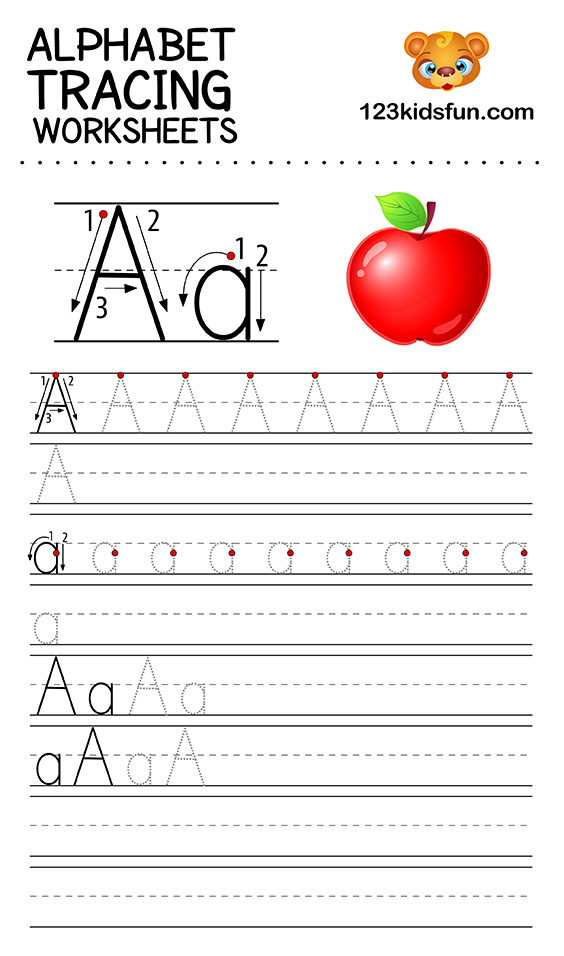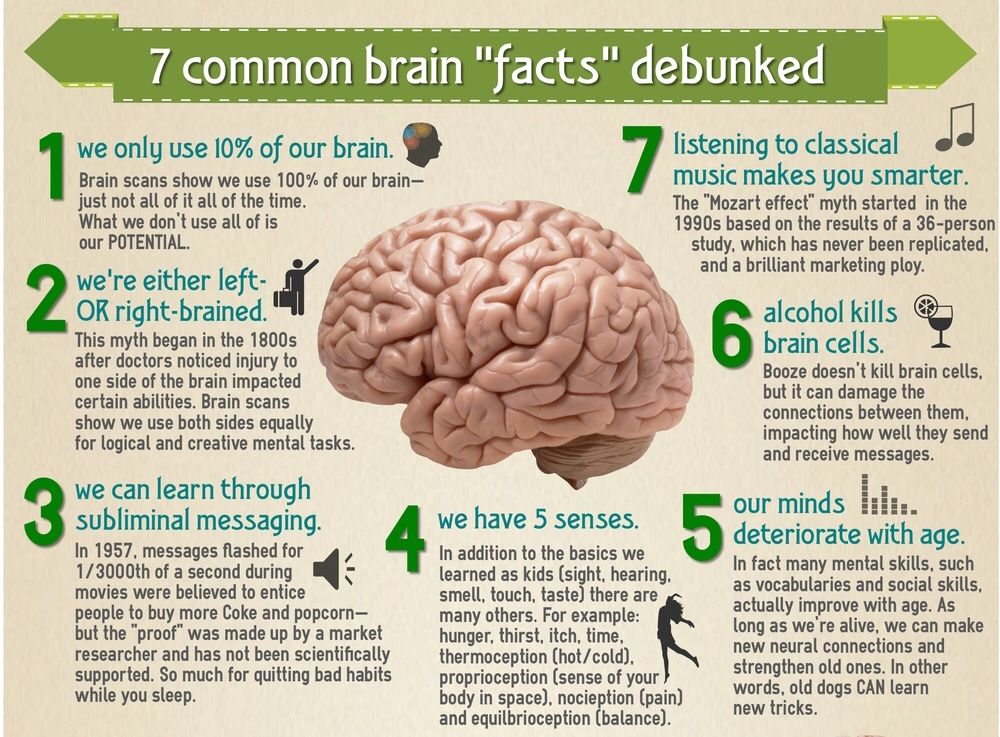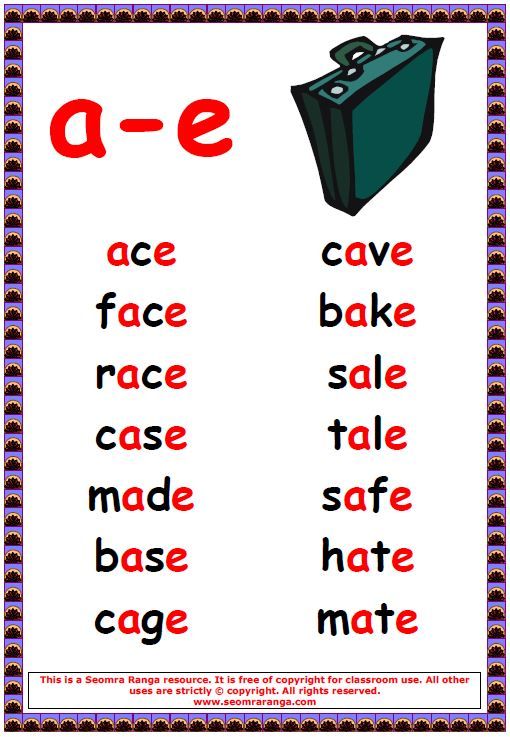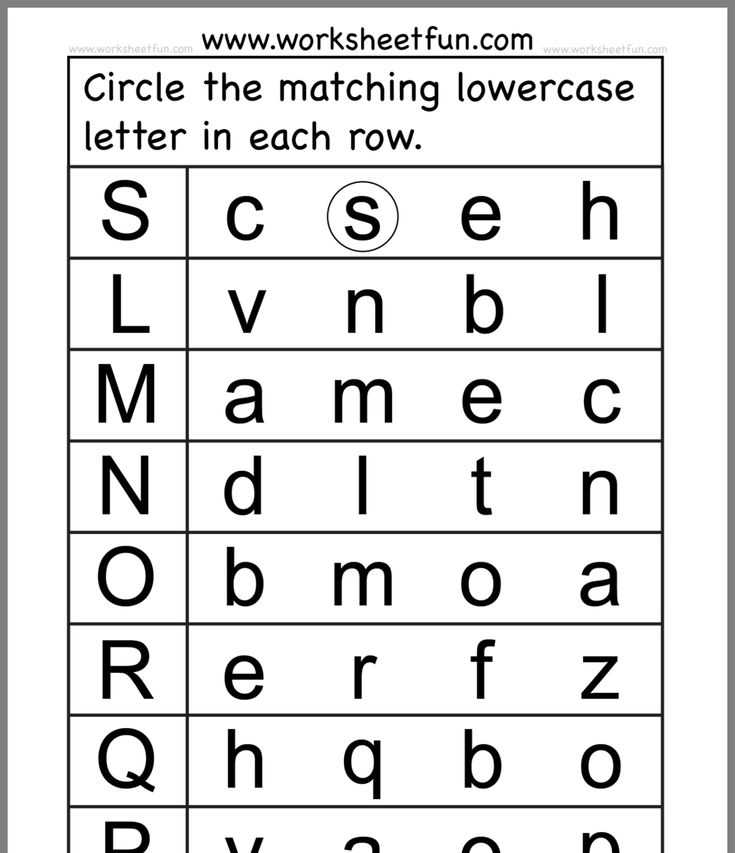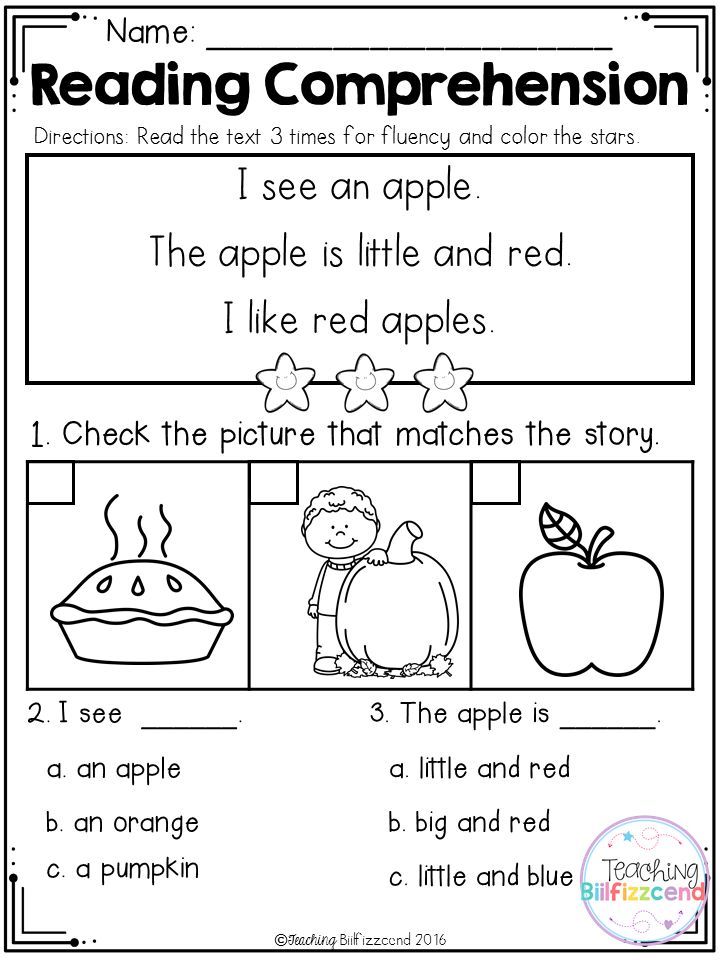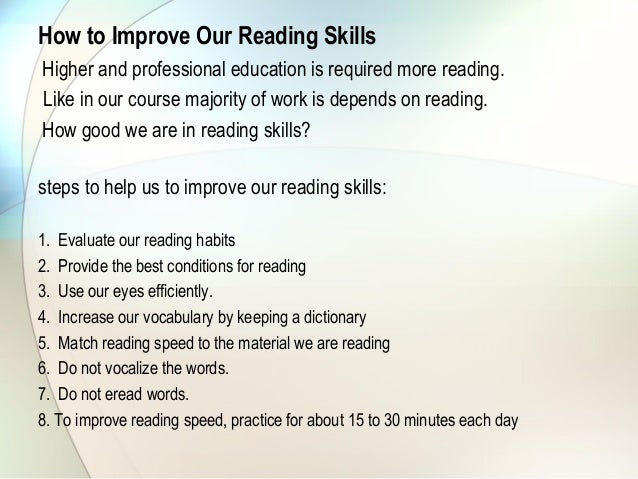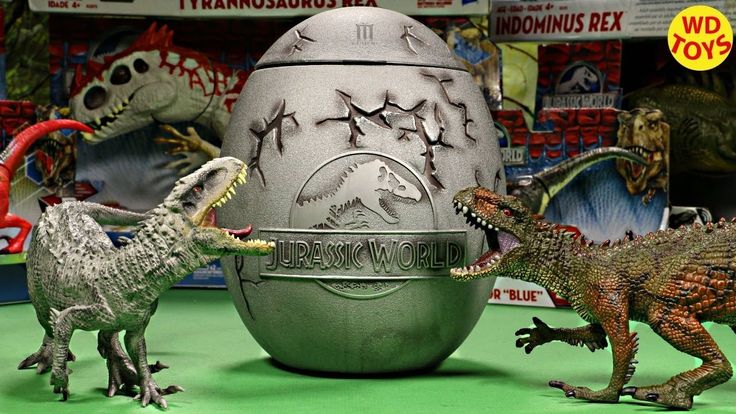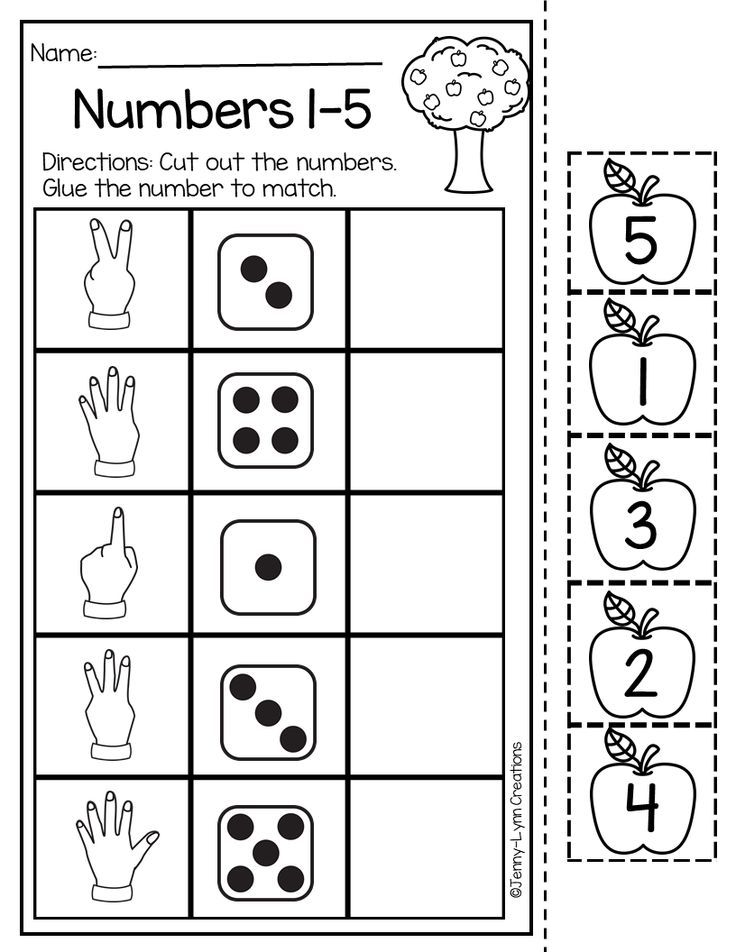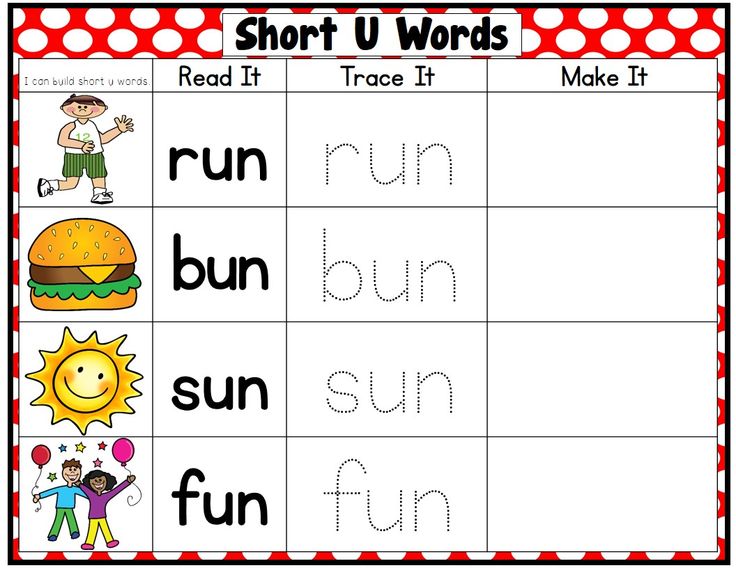Teaching alphabet to preschool
5 Easy ways to teach the alphabet to preschoolers | Daycare Blog
Teaching children the alphabet is foundational to learning how to read. Before children can put together sounds or draw together lines that make words, they need to know what they are. If you’ve never taught the alphabet before, the concept may sound abstract: how do you teach something that comes so naturally to you? Teaching letters can be really fun and simple. In this article, we’ll give you easy ways to teach the alphabet to preschoolers.
1) Sing alphabet songs
Obviously, we all know the English-language, “A-B-C-D, E-F-G,” song. That’s a great place to start. However, there are more alphabet songs, which can add variety to your tunes, and help kids learn the alphabet in different ways.
This article lists a whole bunch of alphabet songs to try. And, if you saw our article on YouTube channels for toddlers and preschoolers, you can find letter-related songs there too. The visuals in videos can show objects that start with each letter, and sometimes the songs also pronounce sounds too.
One important note brought up by this early childhood educator, is that kids should go from singing the song, to being able to say and point out the letters without a tune. So don’t stop at singing!
2) Play letter matching games
Letter matching games are easy to set up. You can have a poster board with the alphabet printed on it in large letters. Have separate letter magnets or paper letters cut out at the same size as the print letters. Ask the preschoolers to match their cut outs to the letters on the chart. Where does “A” go? Place the letter “A” cut out on top of the printed “A” on the poster board. Get them to practice doing this with all the other letters.
As the early childhood educator mentioned above noted, you can also have an alphabet ‘arc,’ where one end of a half-circle shows the letter “A”, and the other end the letter “Z”. In between you can have other letters in the alphabet shown, but not all of them. Ask the preschoolers to put down their block letters in the right sequence, using the pre-filled in letters as clues.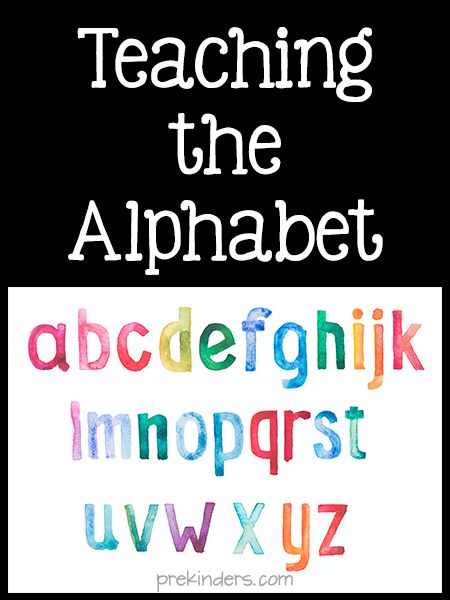
3) Open a new ‘alphabet box’ each week
You may have seen us post on Facebook that a certain week is brought to you by a letter we’re covering. It may be “C,” and you’ll see photos of us painting the letter C at daycare, or learning about animals that start with the letter “C.” Weekly letter themes are common in preschools.
You can take your weekly letter curriculum a step further by creating a box that children can open to discover objects that relate to that letter.
For example, on the week covering the letter “A,” your preschoolers can open (or even unlock) a box that contains an apple, a toy airplane, a toy alligator, an acorn, an arrow (a safe one!), and so on. In fact, don’t tell the children right away what letter the box of ‘treasures’ represents. Ask them if they can guess the letter they’ll cover that week by observing the objects in the box alone. This can be a fun and whimsical way to have your children get excited about the week ahead, and work together to come up with an answer.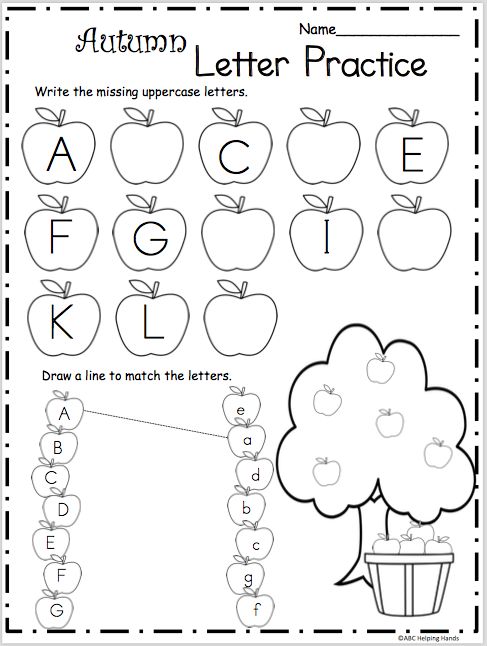
3) Use interdisciplinary learning with each letter, to strengthen letter associations
Since repeating a letter over and over again can get boring, you can mix it up a little by bringing in related lessons. You can start with a week’s letter as your core subject. Then, throughout the day, teach interdisciplinary subjects that still relate.
For example, if you are on the letter “R,” you can learn about the colour “red” too, since it starts with “R.” Ask the children, ‘what things are red?’ If you are on the letter “A,” you can learn about apples. We’ve done this before, where we teach children about the types of apples there are, as well as explain that seeds are inside an apple, and so on.
This blogger lists a whole bunch of crafts you can you incorporate into your letter learning. For example, you can make holes with a hole punch for the letter “H.” This can then lead into learning about the circle shape. You get the idea…
4) If you use flashcards to teach the alphabet, use logical ones
Flashcards are a great memorization tool, and the alphabet is all about memorizing.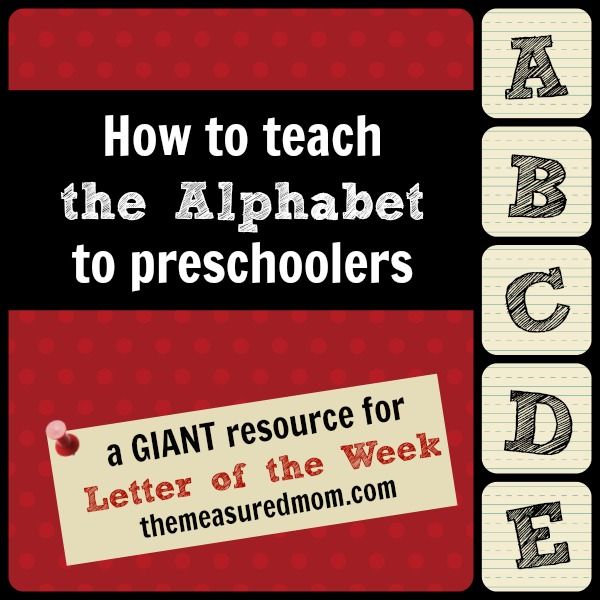 However, this teacher warns that sometimes, pre-made flashcards can get really confusing. If you are teaching the letter “D” and there is an image of something that simply uses the sound of “D” somewhere in the word, but doesn’t start with “D”… well you can quickly see how even adults would be confused by that.
However, this teacher warns that sometimes, pre-made flashcards can get really confusing. If you are teaching the letter “D” and there is an image of something that simply uses the sound of “D” somewhere in the word, but doesn’t start with “D”… well you can quickly see how even adults would be confused by that.
Remember, at this stage, you’re not teaching phonetics or complex vocabulary and pronunciation. First, children need to recognize and know the alphabet. Use the simplest flash cards, with the simplest pictures of the objects and animals that preschoolers can recognize.
That said, sometimes you want to use lowercase and uppercase letters in your flashcards…and yes, that can be confusing for the very young learners, especially when the upper and lowercase look so different, but are called the same thing. But if you’re using a set of magnets, for example, you can just use their uppercase versions, that’s ok (they may only come in that form). For very early learners, you can start really basic.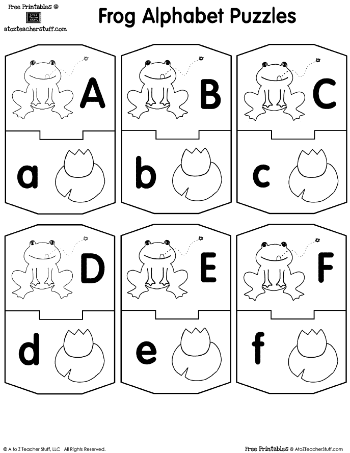 Just don’t forget to start showing them the lowercase and uppercase letters together at some point in their alphabet learning journey.
Just don’t forget to start showing them the lowercase and uppercase letters together at some point in their alphabet learning journey.
5) Eat foods shaped like letters to help preschoolers learn their alphabet
Speaking of interdisciplinary alphabet learning, why not do a baking session with the kids at preschool? They can use letter-shaped cookie cutters to make a fun and yummy snack. Meanwhile, there is a host of lessons you can teach with the baking activity. Chemistry, cooking, nutrition…the list goes on.
If you want the easy route, try commercially-sold letter-shaped biscuits. IKEA has a version of these. Ask your toddler or preschooler to name the alphabet letter they’re about to eat. Eating it can be the reward for getting it right!
And of course, there is alphabet soup, or noodles shaped like letters. You can make mealtime fun, and educational, with these edible alphabet manipulatives.
So there you have it, 5 easy ways to teach the alphabet to preschoolers.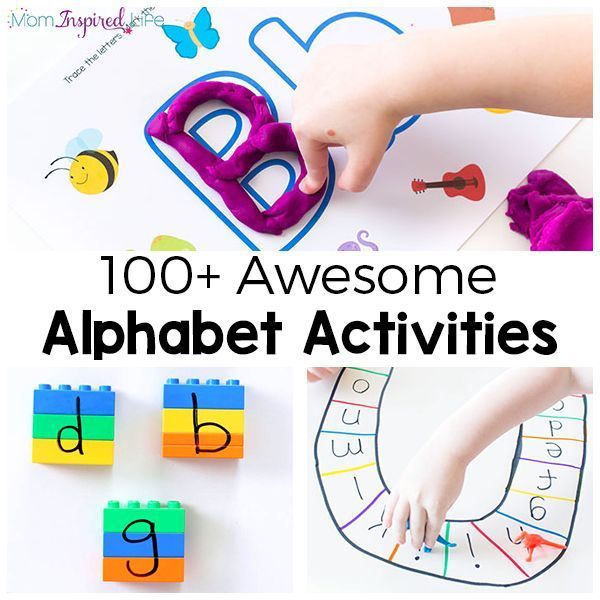 They may even be fun for you, too! It is super cute to hear little ones pronounce letters, and guess what object goes with each letter. When your preschoolers are learning the alphabet, be sure to take every teachable opportunity you can to encourage them to recognize letters in the world around them. If you’re on a field trip, ask the children if they can spot their letter-of-the-week on a street or building sign. If you’re reading a book, see if they can spot the letters you’re reading to them. Keep pushing letter recognition throughout the day, so the lessons can really sink into their memory.
They may even be fun for you, too! It is super cute to hear little ones pronounce letters, and guess what object goes with each letter. When your preschoolers are learning the alphabet, be sure to take every teachable opportunity you can to encourage them to recognize letters in the world around them. If you’re on a field trip, ask the children if they can spot their letter-of-the-week on a street or building sign. If you’re reading a book, see if they can spot the letters you’re reading to them. Keep pushing letter recognition throughout the day, so the lessons can really sink into their memory.
See more on our blog:
- How to teach digraphs to preschool children (6 ways)
- What is the best way to teach word recognition to early childhood readers?
- Why is literacy crucial in the early years? How can parents and preschools help with reading skills?
- How to teach toddlers and preschoolers to count, and learn their numbers
- Ideas for teaching shapes in preschool and daycare
How to teach the alphabet to preschoolers
PSPKK12373 Comments
This post contains affiliate links.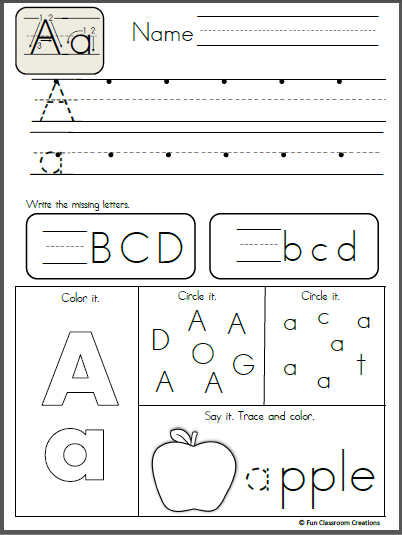 As an Amazon Associate I earn from qualifying purchases.
As an Amazon Associate I earn from qualifying purchases.
Sharing is caring!
Are you wondering how to teach the alphabet to preschoolers? Or just looking for ideas? You’ll find hundreds of ideas for playful learning at The Measured Mom®.
My oldest had a fascination for letters before she could talk. Even though she didn’t even call me Mommy until she was over two, she knew all her letters and added the sounds as soon as she could talk. Her younger brother picked them up just as quickly.
But it doesn’t work that way for everyone — and when my third little one was pushing three and still knew only a handful of letters, I knew I had to try a different tactic.
In fact, my decision to start a letter of the week study at our house and keep myself accountable was the very reason I began this blog. I’d like to share some simple ways to teach the alphabet to preschoolers – and direct you to a giant set of resources that will keep it fun!
How to teach the alphabet to preschoolers
1.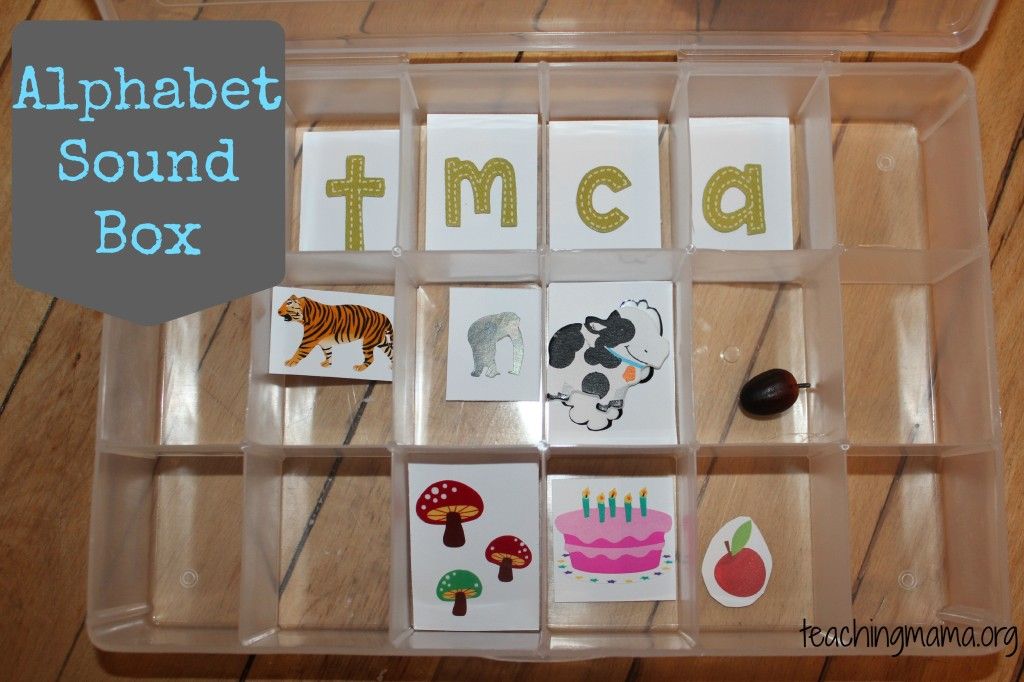 Read, read, and read. Read nursery rhymes, rhyming books, picture books and chapter books. Just READ.
Read, read, and read. Read nursery rhymes, rhyming books, picture books and chapter books. Just READ.
2. Notice print in the world around you. Call attention to exit signs, the toothpaste tube, and the Cheerios box.
3. Begin letter learning by helping your child learn the letters of his name. Before I start a more organized approach to teaching the alphabet to my preschoolers, they learn to recognize the letters of their name.
4. Teach the alphabet letter by letter. Not every early childhood teacher uses the Letter of the Week approach; many children learn their alphabet without it (my oldest two did). But I’ve found that Letter of the Week has been a helpful structure for me when designing learning activities at home. Even if you use more of a theme or unit approach to teaching preschoolers, you’ll find a huge variety of learning activities in my alphabet archives.
And when you purchase my Letter of the Week curriculum, you’ll have all the activities organized in an easy to follow format!
If you take one week per letter, you’ll have time to:
- read books for each letter
- do fine motor activities
- learn simple rhymes and songs
- create some fun crafts and art projects
- make math connections
- have some sensory fun
And more! It’s all in the ebook!
4.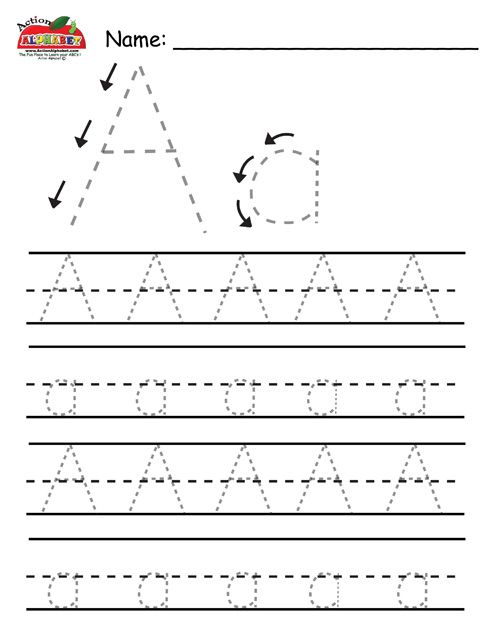 Keep bringing it back to the whole alphabet. If we’re doing a lot of meaningful activities, we will keep coming back to the whole alphabet.
Keep bringing it back to the whole alphabet. If we’re doing a lot of meaningful activities, we will keep coming back to the whole alphabet.
5. Be flexible. You may find that after a few months of letter of the week, your child suddenly recognizes every letter. Awesome! Don’t feel tied to this series. Pick and choose what (if any) activities you’d like to continue with. Even if you don’t continue Letter of the Week, your child will still benefit from listening to the many wonderful books I recommend in my alphabet book lists. You might also enjoy choosing some crafts and process art activities to do each week. And math activities certainly don’t need to be tied to a particular letter!
6. Keep it fun. Remember that kids this age learn best through play. They don’t need fancy flash cards or loads of worksheets. They need a variety of activities to stimulate their brains and to reach them the way that they learn best.
You know your children better than anyone. Choose the activities that your child needs — the ones that your child will love. I’ll provide a big set of ideas for each letter — not so you’ll do every one, but so that you have a lot to choose from when you pick what works best for your kids.
You can find crafts, books, math connections and more by clicking on these links:
CHECK OUT OUR LETTER OF THE WEEK CURRICULUM!
Letter of the Week Curriculum
$29.00
You’ll love this flexible, step-by-step guide to teaching the alphabet to preschoolers. It’s a combination of hands-on lessons, interactive printables, and mini-books … and you and your learners are sure to love it!
Buy Now
Free Alphabet Printables
Join our email list and get this free sample of alphabet activities from our membership site! Students will practice identifying and forming letters, matching upper to lowercase, and identifying beginning sounds.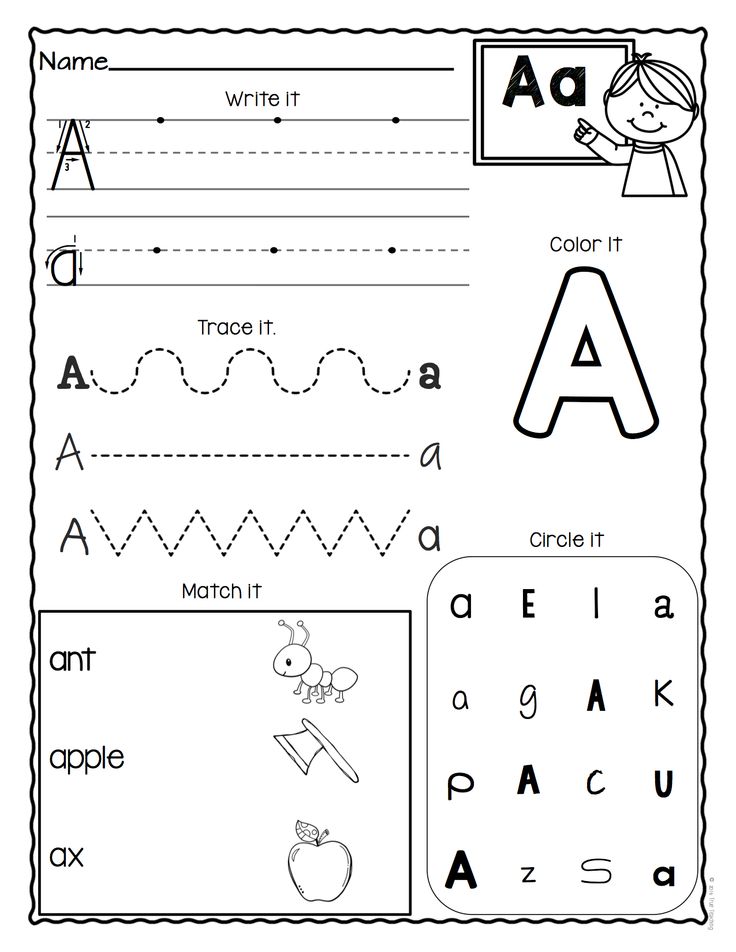
Sharing is caring!
Filed Under: Alphabet Tagged With: preschool, Pre-K
You May Also Enjoy These Posts:
How to teach rhyming
A Simple Sensory Bin for Letter E
Reader Interactions
Trackbacks
Learning the alphabet: methods, exercises and games for children
The alphabet is the foundation of reading. Therefore, before you start reading and writing, teach your children the letters.
Children can start learning to read as early as preschool age. Parents and teachers need to teach their child how to pronounce sounds correctly in their native language. These are important prerequisites for learning letters and learning to read successfully. The educational process of preschool children is based on visual, acoustic and tactile exercises.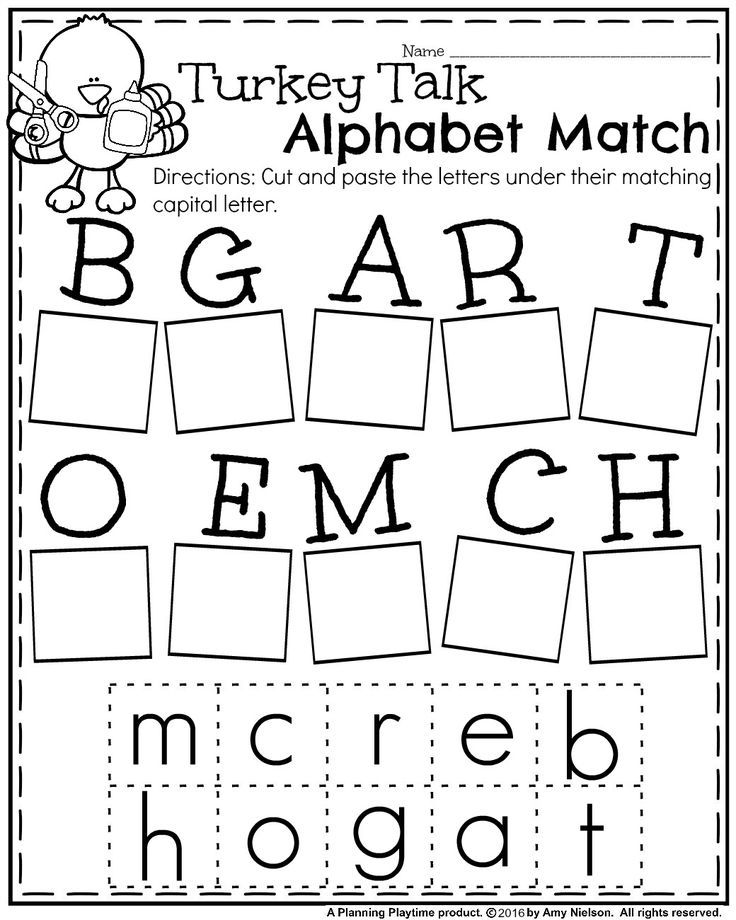 The use of various channels of perception in the educational process increases its effectiveness and stimulates long-term memorization of letters. nine0003
The use of various channels of perception in the educational process increases its effectiveness and stimulates long-term memorization of letters. nine0003
Learning the alphabet: introducing the child to the alphabet.
To master reading, a child must learn and recognize not only the graphic form of letters, but also be able to compare them with their corresponding sounds. This means that the child must be able to write letters and pronounce them. When the child learns to correctly pronounce all the sounds in his native language and distinguish letters by visual form, go directly to reading. As a rule, at the age of 5-6 years, most children no longer experience difficulties in this. nine0003
See also: Reading and bilingualism. Bilingualism in children
From the age of 5 to 6, children begin to understand that there is a lot of information encoded in language using letters. Thus, they are interested in learning to read by then, as they are naturally curious.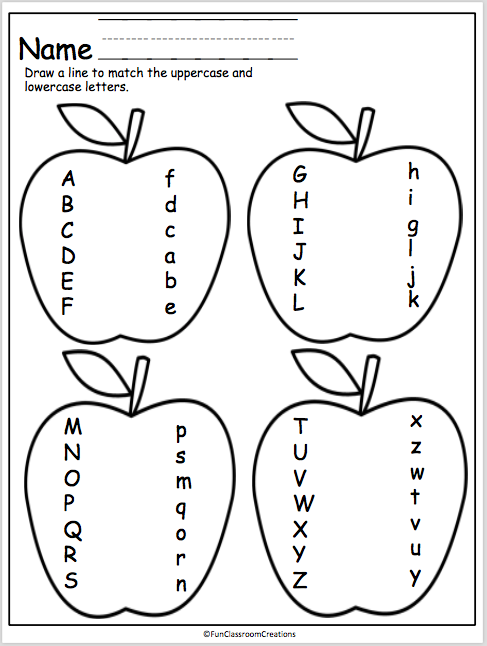
Of course, babies can learn and memorize individual letters quite early. However, their interest, mostly spontaneous, is directed to individual words and letters. Here it is important to gently motivate the child by encouraging him to learn through games and a comfortable environment. However, too much pressure can lead to stress, causing little ones to lose any motivation to learn letters. nine0003
Alphabet learning games
The first rule of learning the alphabet: learn the letters one by one!
Don't forget, each letter is made up of visually similar elements. If you try to teach a child several letters at a time, he may become confused. Learn the letters one by one. One lesson - one letter.
Second rule of learning the alphabet: take your time!
Give your child enough time for each letter. Plan 1-2 lessons for each new letter. Organize the lesson in a form that is interesting for the child with the help of games.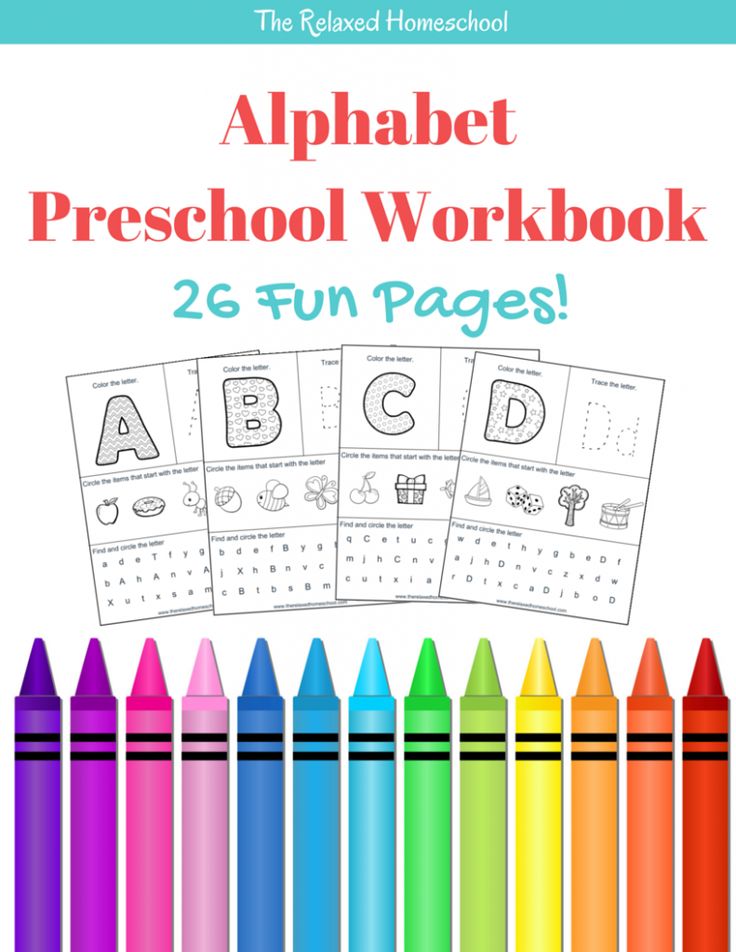 nine0003
nine0003
Tactile method: from studying letters to reading
The child sees something abstract in a letter. Chains of associations will help in learning letters. Associating each letter with something specific or familiar helps the child fix it in his memory.
1. Make a letter out of plasticine
Let's memorize what a letter looks like and develop fine motor skills.
We will need: plasticine (should be elastic), modeling board and a disposable plastic knife. nine0003
Together with your child, roll out 8 approximately identical sausages from plasticine. 2 - divide in half, 2 - divide into 3 parts. From the remaining 4, make rings by blinding their edges and cut 2 of them in half, creating semicircles. Thus, you should get a set of elements to compose any letters of the alphabet. Show the child a couple of examples and ask them to repeat, collecting previously passed letters.
2. Magic wands
Let's memorize letters, learn how to make letters from sticks, learn how to transform letters. nine0003
nine0003
We need: a set of counting sticks. If not, you can replace with matches or toothpicks.
The easiest way is to lay out letters from sticks according to a pattern or without a pattern (according to the idea). When the child learns to lay out all the letters, you can complicate the task by laying out objects familiar to the child from them, and then ask them to change them, for example, make a figure resembling a door out of sticks, and then ask the child to remove 2 sticks to make the letter P.
3. Tactile letters
Memorize letters and develop fine motor skills
We will need: sandpaper, velvet paper, scissors.
Cut out letters from sandpaper or velvet paper. The child will have to close his eyes to identify the letter by touch.
4. Draw a letter on the semolina
Memorize letters, develop fine motor skills
We will need: bright dish tray, semolina
Pour sand or semolina in a thin layer on the tray.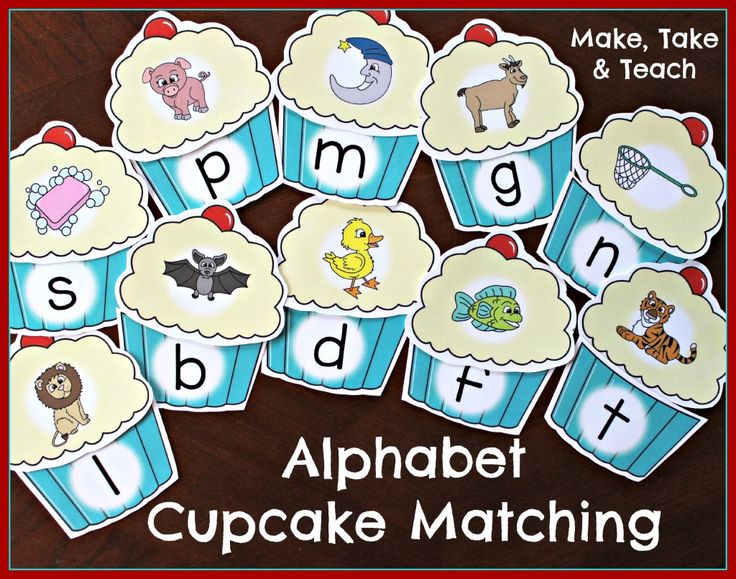 Set an example for your child, show how to write letters on the croup with a finger or a stick. Ask him to write next to the letter, the same as you wrote, to write a letter more or less than yours, to add an unfinished letter, or to erase the extra detail of the "wrong" letter. Children will like this game, just shake the tray a little, and the mistake or inaccuracy made disappears! nine0003
Set an example for your child, show how to write letters on the croup with a finger or a stick. Ask him to write next to the letter, the same as you wrote, to write a letter more or less than yours, to add an unfinished letter, or to erase the extra detail of the "wrong" letter. Children will like this game, just shake the tray a little, and the mistake or inaccuracy made disappears! nine0003
5. Mirror letter
Memorize letters and train attention
We will need: cardboard, pencil and scissors
Prepare identical cards cards, 2 pieces for each letter. Write 1 letter on each card. Write the letters in mirror image and correctly. Lay out cards with the same letter in front of the child and offer to choose the correct one.
6. Memory test game
Train memory
We will need: scissors, cardboard and a pencil
The game "Memory Test" will challenge even older children. Write each capital letter on one card and lowercase letter on the other card.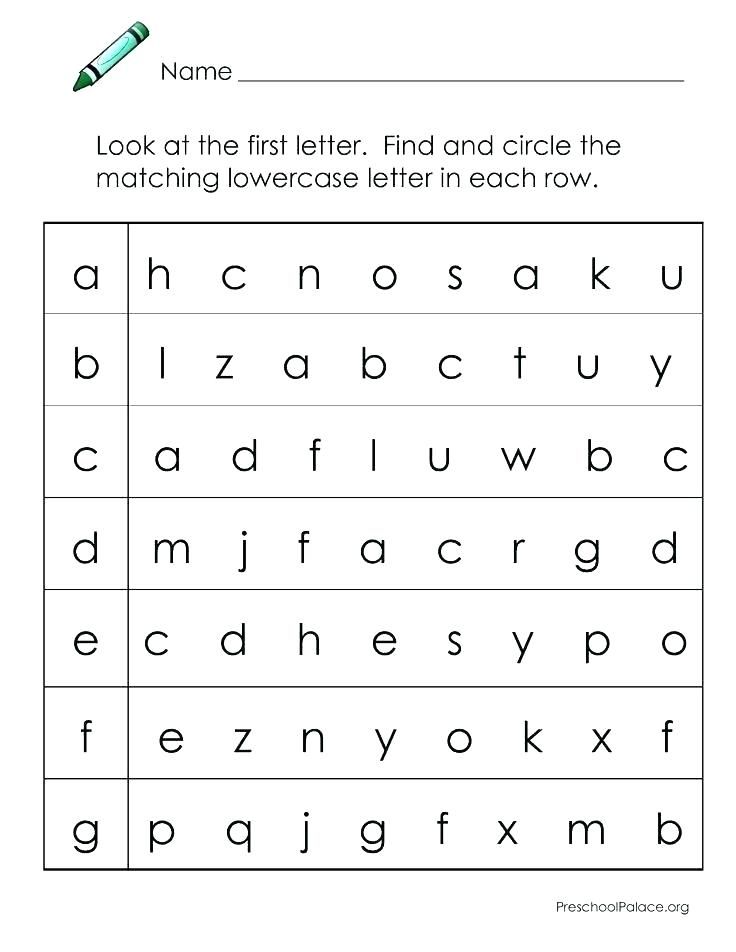 Turn over all the cards and place them on the table. Ask your child to match uppercase and lowercase letters. You can complicate and add a dictionary element. Have the children match the letter of the alphabet with the picture that starts with that letter.
Turn over all the cards and place them on the table. Ask your child to match uppercase and lowercase letters. You can complicate and add a dictionary element. Have the children match the letter of the alphabet with the picture that starts with that letter.
7. Bean bag
Memory training
We will need: a bag of beans or other bulk material, a tablecloth or a large piece of paper.
If you want to warm up a bit while you study the letters, play a game of Beanbag. Write the alphabet randomly on a large piece of paper. Give the children a bean bag and ask them to put it on paper. The child must name a word that begins with the letter on which the bag fell. If a student is stuck, help him.
Ask the child to check the chosen letter with letters from the alphabet. Be sure to ask the name of the letter. The exercise will help children learn to distinguish visually similar letters and avoid mistakes when writing them in the future. nine0003
Drawing, coloring, cutting letters out of paper and gluing them together develop fine motor skills in children.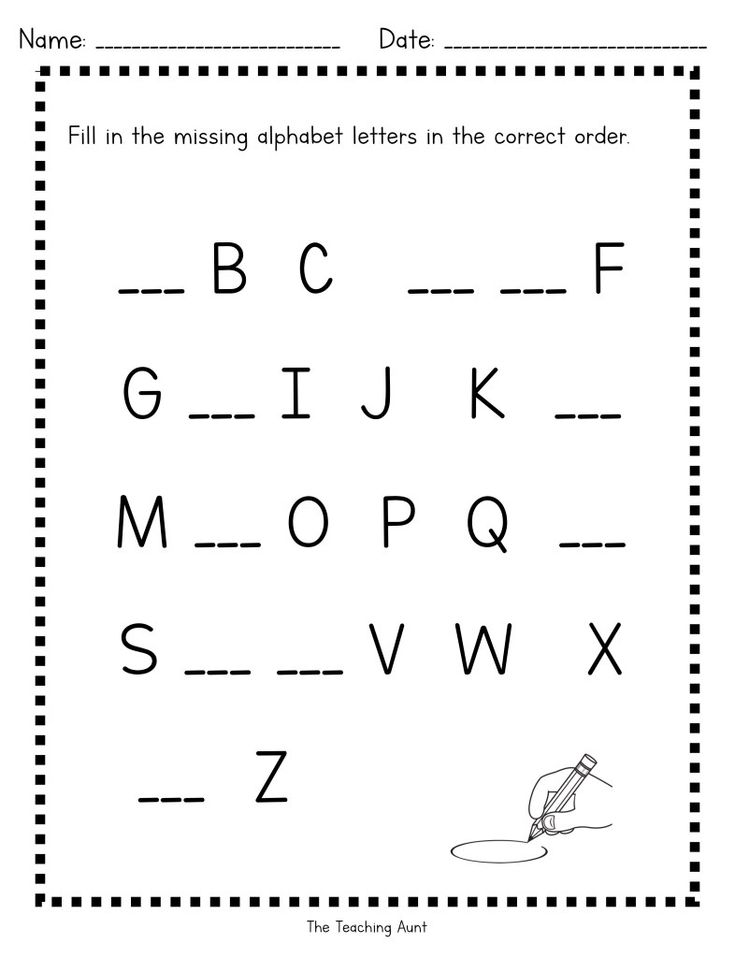 Self-made flash cards with letters facilitate memory and associative thinking, creating the basis for tactile games. You can make postcards alone or with your child. Letters can be cut out of paper of various textures and pasted onto cards made of cardboard or paper. Then you can ask the child to pick up letters from 2-3 cards with their eyes closed.
Self-made flash cards with letters facilitate memory and associative thinking, creating the basis for tactile games. You can make postcards alone or with your child. Letters can be cut out of paper of various textures and pasted onto cards made of cardboard or paper. Then you can ask the child to pick up letters from 2-3 cards with their eyes closed.
Literacy begins with learning the letters of the alphabet. Combine different perceptual styles. The alphabet learning games described above help children to learn letters at different levels. Moreover, fine motor skills play a crucial role in the formation of systematic connections in the mind of the child and create the basis for the development of reading and writing. nine0003
How to learn the alphabet with a child and teach him letters
Modern parents have different attitudes towards the early development of a child. Many people think that it is not necessary to “stick” to the baby too early with reading, learning English and other tricks.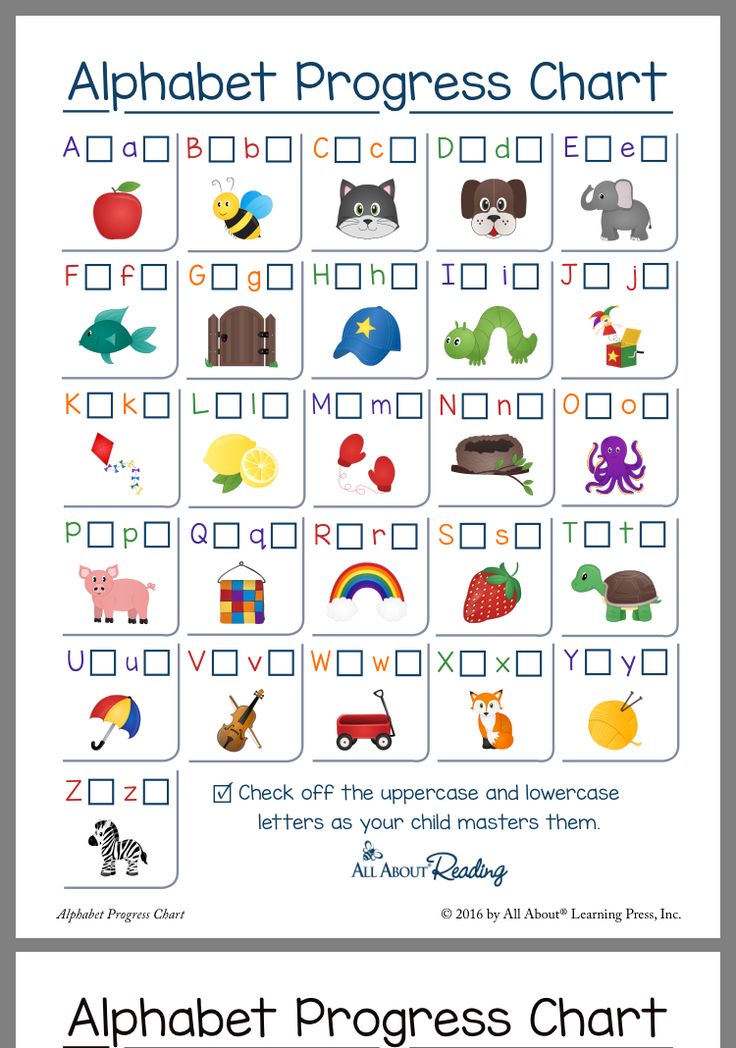 It is better to create conditions for a full-fledged carefree childhood, surround him with love and care. Nevertheless, there is nothing wrong with starting to introduce the alphabet to the baby long before school, gradually learning the letters of the native language and their correct sequence with it. At what age do you start training? What methods and techniques to choose? nine0003
It is better to create conditions for a full-fledged carefree childhood, surround him with love and care. Nevertheless, there is nothing wrong with starting to introduce the alphabet to the baby long before school, gradually learning the letters of the native language and their correct sequence with it. At what age do you start training? What methods and techniques to choose? nine0003
Contents
-
1 At what age can you start training
-
1.1 Correct acquaintance with Russian letters at the age of 3
-
1.2 4 years: playing and memorizing
-
1.2.1 Video: the whole alphabet in the form of a fun song
-
-
1.3 5-6 year olds: school-based learning in the comfort of home
-
-
2 How to get your child interested (not forced!)
-
2.1 Video: What can be useful when learning letters
-
-
3 In what order to learn the letters
-
4 Secrets of fast and easy memorization
-
4.
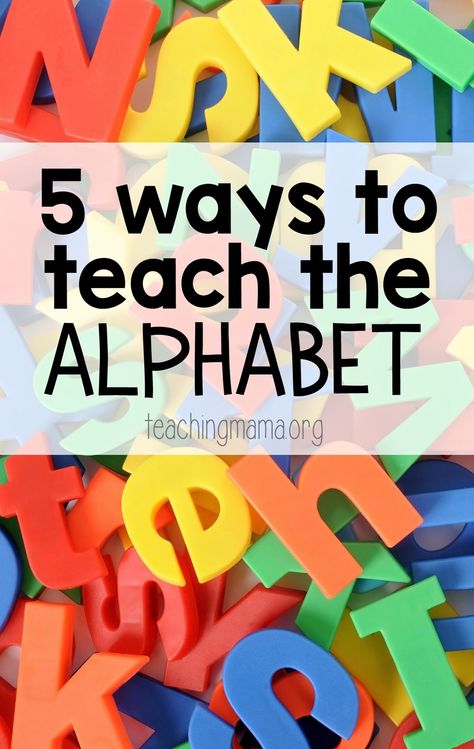 1 Letter Reinforcement Exercises
1 Letter Reinforcement Exercises -
4.2 Author's methods
-
4.3 Learn letters with computer
-
-
5 Video: recommendations given by Natalya Kibereva, speech therapist and psychologist
-
6 Video: learning letters by playing (9 ways)
-
7 Video: how to learn letters with a child (Mom's School project)
-
8 Video: mother gives advice on how to teach a child the alphabet
-
9 Feedback from parents
At what age can one start learning
Educators and psychologists do not have strict regulations regarding the specific age at which a preschooler can be introduced to letters. nine0012 However, experts still consider five years to be the most favorable time for this. This recommendation is based on the predominance of the visual-action type of thinking in very young children. But by the age of 5, the brain is already able to perceive abstract information, symbolic images, which are letters.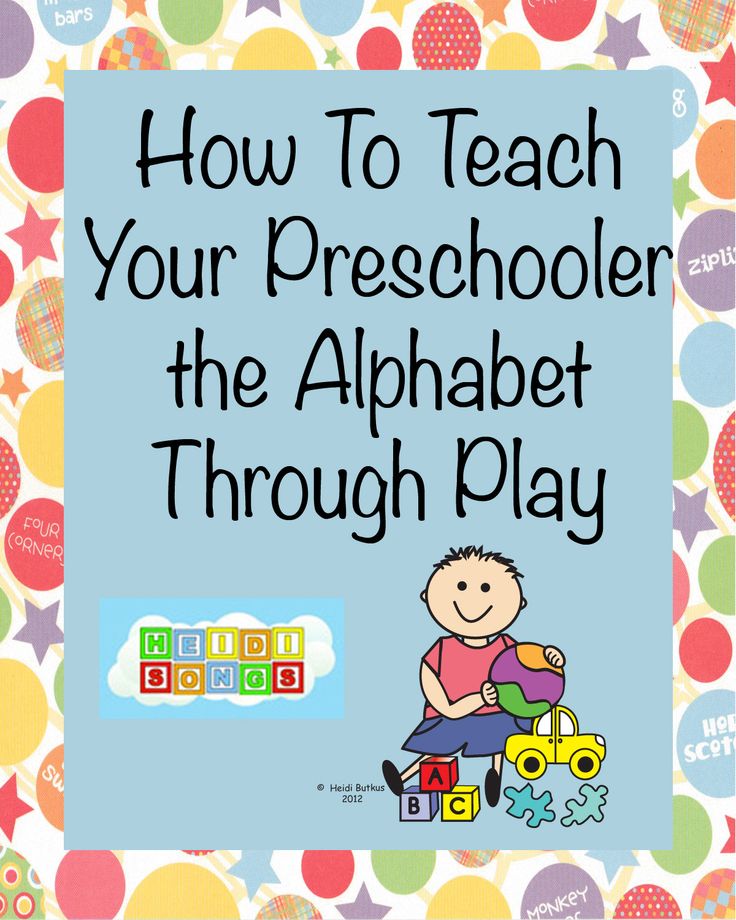
According to psychologists, it is at this age that the child shows special curiosity and can memorize a large amount of information without much effort. nine0003
In addition, up to 5 years the speech apparatus is still being formed, so the baby often cannot pronounce the names of some letters correctly. There is a possibility that he will remember their incorrect sound, which in the future will create problems when learning to read.
According to psychologists and teachers, the optimal age for learning the alphabet is 5 years
Another important point. Parents should understand that learning letters and the alphabet is closely related to learning to read. nine0012 If you start learning the alphabet too early, the baby may simply forget the letters by the time it is time to learn to read (to prevent this from happening, you need to repeat them almost daily).
However, these are only general recommendations.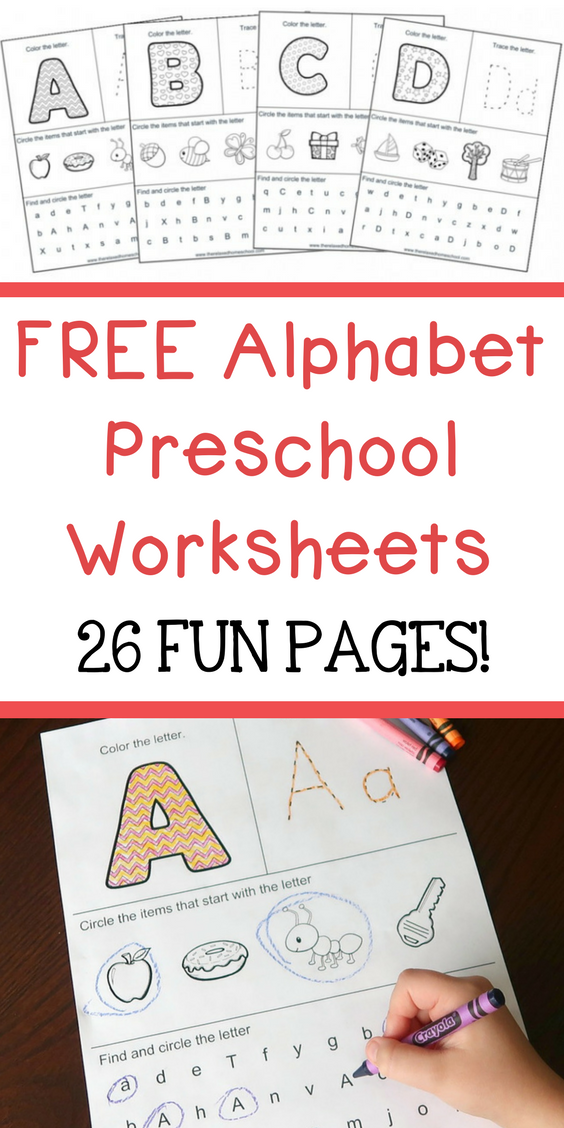 We must not forget that each baby is individual. And someone is able to perfectly master the letters already at the age of three, but for someone this task becomes feasible only at school.
We must not forget that each baby is individual. And someone is able to perfectly master the letters already at the age of three, but for someone this task becomes feasible only at school.
Correct acquaintance with Russian letters at the age of 3
By the age of three, many children already have favorite fairy tales and books. At this age, you can learn only individual letters with your baby, and certainly not get hung up on their sequence (do not touch the alphabet).
Best of all, three-year-olds remember the letters A, B and C, as well as the first letter of their name, M and P ("mother" and "dad").
A three-year-old kid should make or buy letters-toys - voluminous, colorful, interesting to look at. Various cubes (preferably voluminous, soft) with painted letters and pictures will come to the aid of parents. The image can be selected with a specific theme (for example, only animals). nine0003
For a three-year-old baby, letters are best associated with toys, for example, voluminous soft cubes.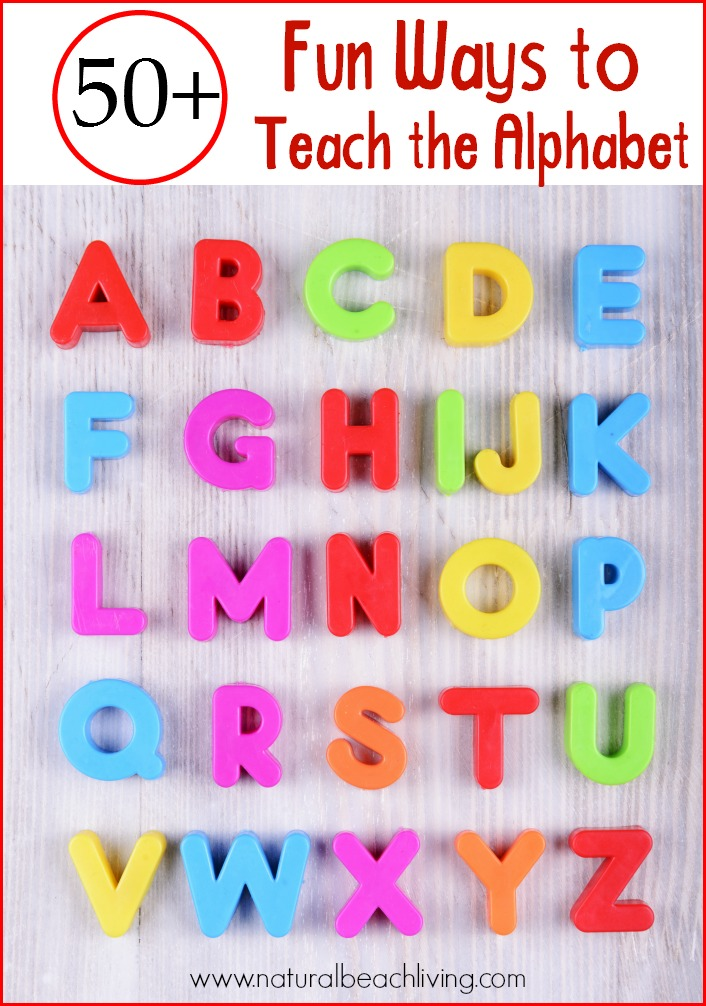 I remember that I loved playing with him very much, I looked at the images for a long time. My first acquaintance with letters was connected with this toy.
I remember that I loved playing with him very much, I looked at the images for a long time. My first acquaintance with letters was connected with this toy.
Mom can also lay out small letters from counting sticks, matches, buttons, draw them on paper, chalk on asphalt. Then you need to stimulate the baby to repeat these actions. nine0003
4 years old: play and memorize
Recommendations for a four-year-old baby will be the same, only an adult begins to use different games for learning: dominoes, loto, Magic Bag, etc.
For example, you can play the game "Find the pictures". Mom lays out a certain letter and 3-4 pictures. Among them, the child must choose an item that begins with a given letter.
Also available as an interactive ABC poster or book. Toddlers usually really like to press the buttons on it. nine0012 The shape of the letter will be deposited in the child's memory, he will associate the graphic symbol with the sound.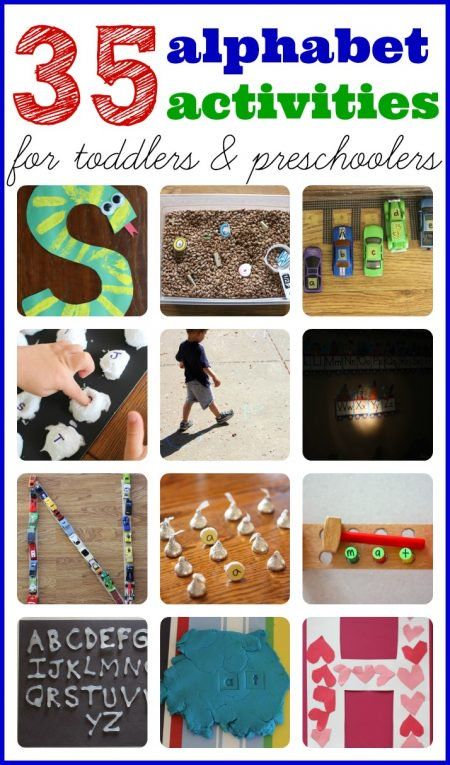
Interactive alphabet will link a graphic symbol with a picture and sound
The child can already be shown various educational cartoons, videos, where the alphabet, for example, appears as a funny song.
Video: the whole alphabet in the form of a fun song
httpv://www.youtube.com/watch?v=embed/__K1u5nGvKM
5-6 years old: school methods of learning in the comfort of home
At the age of 5, you can already learn the alphabet directly, that is, the letters in their correct sequence. We need to tell the child that the alphabet is the basis of our language. His knowledge helps in life, for example, it is much easier to navigate in the library when you need to find a book that begins with a certain letter.
At this time, games, more complex productive activities (for example, plasticineography, making non-traditional applications from seeds, cereals, napkins, etc., modeling) will again help parents. nine0012 Various manuals (printed alphabets), special workbooks, copybooks will come to the rescue (after all, you can not just study letters, but immediately learn to write them).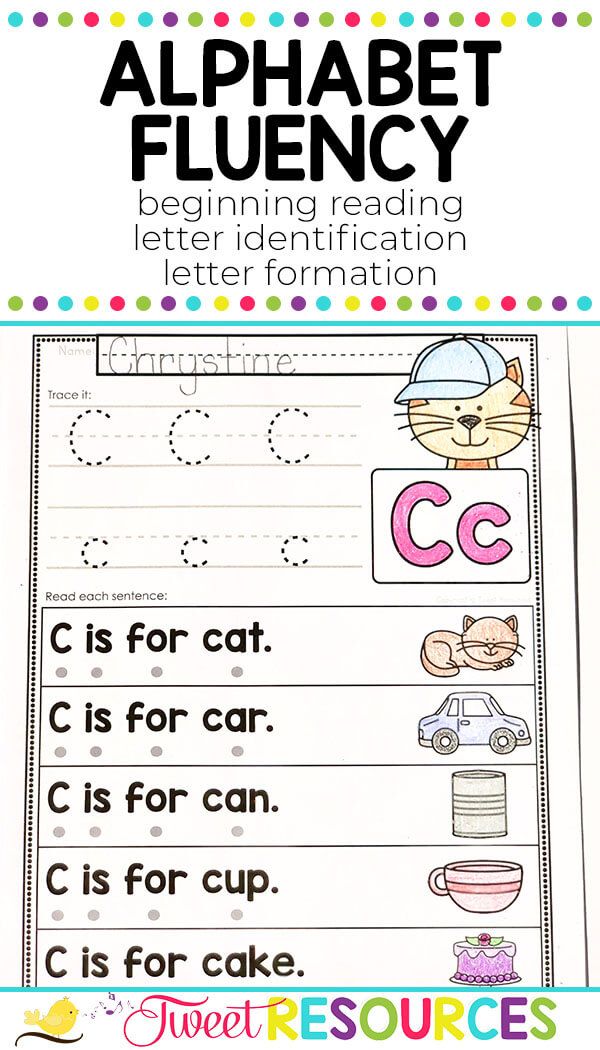
At the age of 5–6, a child can already be offered special workbooks, prescriptions
In addition, there are many useful applications for smartphones and tablets. These are educational games that help you learn the alphabet.
Together with your child you can make a unique author's primer. An ordinary album is taken (applications from postcards, magazines can be glued to the cover), a letter and a picture are drawn on each page - an object whose name begins with this letter. This activity will bring family members together and will undoubtedly captivate the preschooler. nine0003
How to interest a child (and not make him!)
Of course, for the successful mastering of the alphabet, adults need to interest the child, motivate him. There are many ways to do this:
- On a walk, a mother shows her child that letters surround us everywhere - on "attractive" store signs, advertising banners.
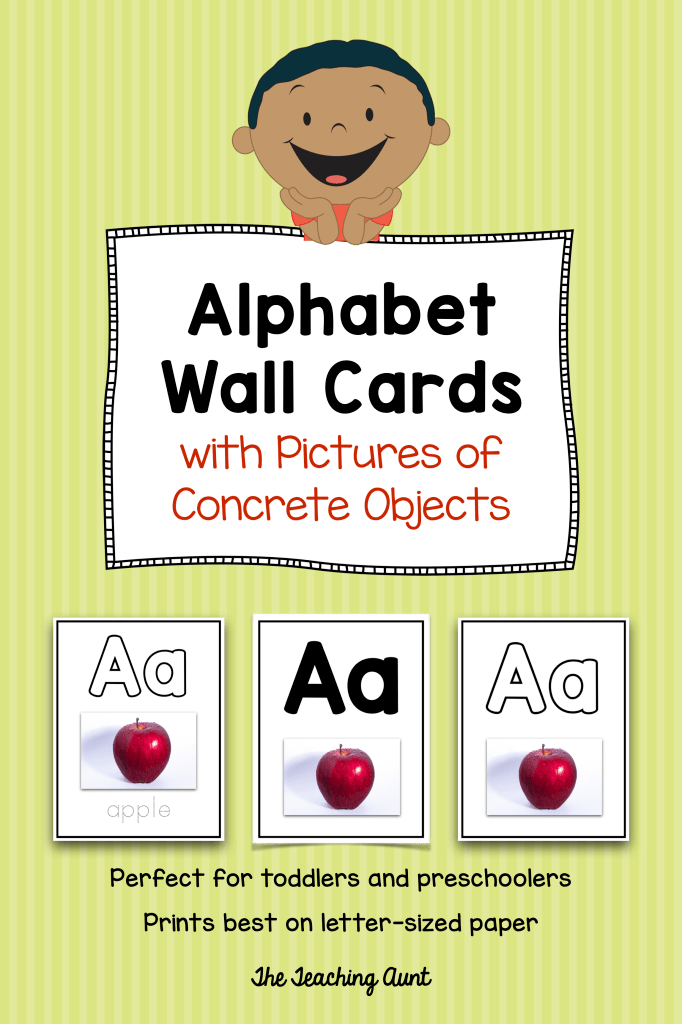 Pay attention to colorful options, where the letters are large, colored.
Pay attention to colorful options, where the letters are large, colored. It is necessary to pay attention to the child that letters surround us everywhere
- Associate letters with specific images (“Look, O looks like a ring or donut, F looks like a beetle, P looks like a horizontal bar, G looks like a crane, D looks like a house, etc.”).
- Arrange a tea party with letters. In the store, you can try to find cookies in the shape of letters or bake them at home. In addition, pasta of a similar shape is on sale.
Delicious homemade biscuits in the shape of letters, sure to delight your little one
- You can offer a preschooler a stack of colorful glossy magazines and let him cut out letters from there. nine0130
- Purchase various games related to letters: lotto, dominoes, paired pictures (where you need to connect a letter with an image according to the puzzle principle).
It is necessary to offer a preschooler various games related to letters, for example, loto with bright cards
- Allow the child to type in the World program - click on various letters and look at their image on the screen.
 In this case, you need to set a beautiful large font in a bright color (you can make a color fill for each letter). nine0130
In this case, you need to set a beautiful large font in a bright color (you can make a color fill for each letter). nine0130 - Bring learning elements into the interior of the nursery and other rooms. It can be pillows in the form of letters, puzzle mats, curtains with such a pattern.
It would be great to include letters in your home decor
Naturally, based on these games and activities, parents will need to prepare the necessary didactic material (after all, the alphabet cannot be learned “on the fingers”). These are cubes with the image of letters (soft, wooden, plastic, etc.), posters, cards, alphabet (including interactive). For classes, you will also need paper, colored pencils, felt-tip pens, counting sticks, natural material, etc.
You can even sew large letters out of fabric and stuff them with something soft, like foam rubber. Everything here depends only on the scope of parental imagination and the availability of free time.
![]()
There can be a lot of didactic material for learning letters, the main thing is the desire of parents
Video: what can be useful when learning letters
learn letters
The basic way to learn the alphabet is to use cards with letters (they can be supplemented with pictures). nine0013 You can choose the following algorithm:
- At first, it is better to master all the vowels, it is convenient to do it in pairs: A - I, O - E, U - Yu, Y - I, E - E).
- Then consonants are introduced, first paired in voicing-deafness (B - P, V - F, Z - C, etc.), then unpaired.
- At the end, introduce the child to b and b.
- Only after studying all the letters you need to move on to the alphabet - their correct sequence.
At the same time, when studying letters, it is better to name the sounds that they represent, and not how the letters are pronounced in the alphabet. This will make reading easier later on. nine0003
Secrets of fast and easy memorization
- The lesson should not be too long so as not to tire the child. For a 3–4 year old baby, 7–8 minutes is enough, for a 5–6 year old, 10–15 minutes.
- A new letter is best entered once every two days.
- You need to practice regularly, do not take long breaks. However, if on some day the baby is not in the mood, it is better to reschedule the lesson, otherwise the negative emotions that have arisen may discourage the child's interest.
- For each letter, it is desirable to find or invent a quatrain, tell a tongue twister, sing a song, etc.
- Each studied letter must be consolidated: in exercises, productive activities (drawing, modeling, construction from improvised materials).
- Each lesson should begin with a review of the material covered so that the child does not forget the letters already learned.
Each letter learned must be well reinforced, including in productive activities
Exercises to reinforce letters
If imagination is involved, an adult can come up with a lot of exercises to reinforce learned letters.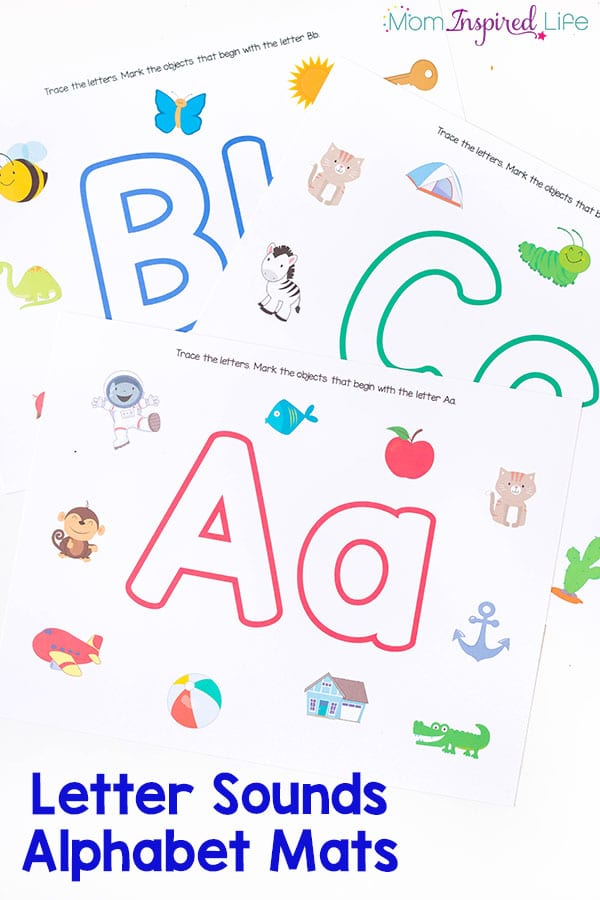 For example, you can use the following:
For example, you can use the following:
- Show the child a card with several letters and ask them to find a specific letter.
On the proposed card, the preschooler must find and show the given letter
- Pictures are offered similarly (eg animals or toys). The preschooler must name the one that begins with a given letter.
- The kid has to "repair" the letters - the adult draws them on paper without drawing a certain element for each.
- On the street, you can lay out the given letters on the ground from leaves, pebbles, at home - from cereals, pasta, etc. nine0002 On the instructions of the mother, the child can lay out letters on the ground from pebbles or leaves
- Letters can be drawn on the surface of porridge, pancakes, using, for example, jam or condensed milk.
- An adult with the help of pantomime depicts various letters (of course, this will not work with all of them, but, for example, with G, O, S, F, F, K, L, etc.
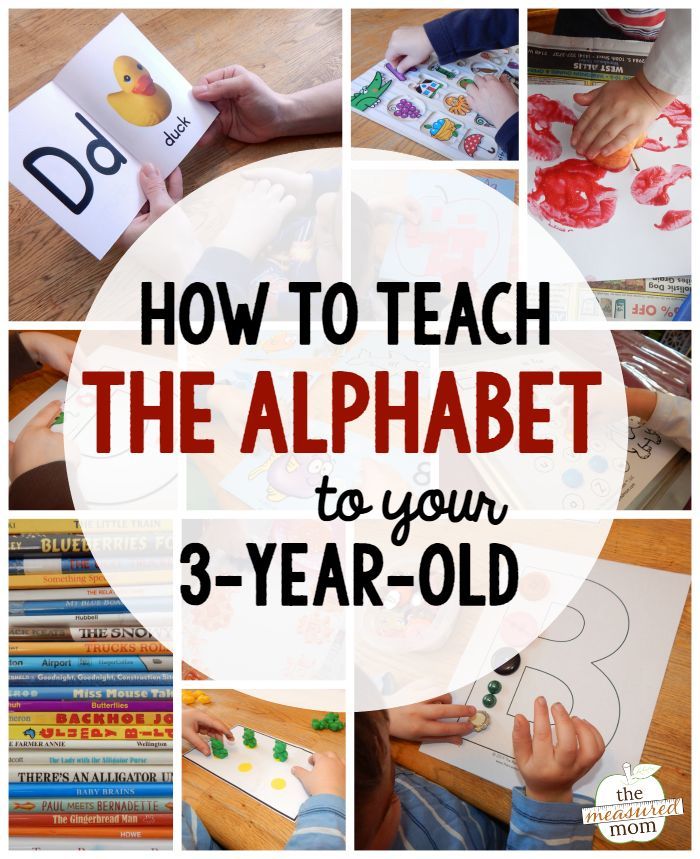 ). Then it is proposed to do the same to the baby.
). Then it is proposed to do the same to the baby. - Mom asks the child to find objects in the room with a certain letter.
- The preschooler is invited to "revive" the letter: to give it human features (face, arms, legs, etc.). nine0002 Mom offers the child to revive the given letters - to give them human features
Author's methods
When familiarizing a preschooler with letters, parents can use the author's methods:
- M. Montessori, when getting acquainted with the alphabet, suggests using several analyzers simultaneously: visual and auditory, tactile and motor. An adult shows the child a new letter, pronounces the sound that it stands for. The kid must certainly touch it with his hands, crush, twist. In the course of classes, the teacher recommends using letters of different textures, for example, rough ones (made of velvet paper). Also, the preschooler must draw them (for example, in the sand), circle, shade. nine0002 The Montessori method, when introducing a child to letters, involves several analyzers at once - visual, auditory, tactile and motor
- Elena Bakhtina, the author of educational cards, suggests memorizing a letter with the help of associations.
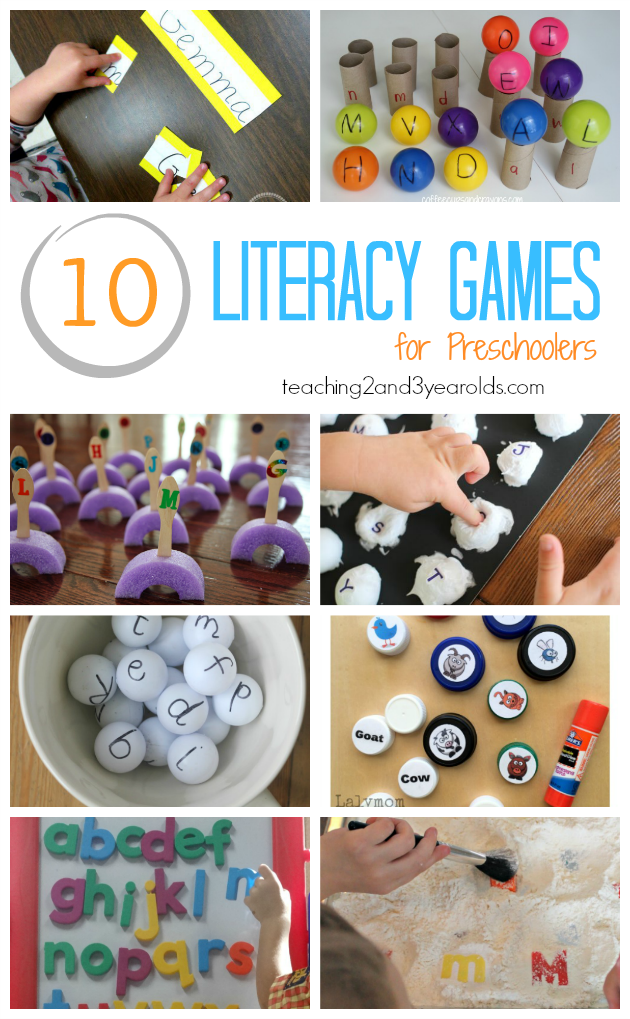 For this, drawings, short stories, sound analogies are used. For example, a baby screams: “Aaaaa”, Yo and Yo are two sisters, the first of them has their eyes closed, and the other is open.
For this, drawings, short stories, sound analogies are used. For example, a baby screams: “Aaaaa”, Yo and Yo are two sisters, the first of them has their eyes closed, and the other is open. - Olga Soboleva's technique is also based on associations. For each letter, an image (story) is created that will help to remember it. For example, the letter U loves to tease, says "Whoo!" everyone: snake, snail, duck, coal. In addition, games with lettering are also used. nine0002 Each letter has its own mini-story to help you remember it
- Sergei Polyakov's methodology is clearly divided into lessons. First of all, the teacher suggests learning 10 vowels well. At the same time, they are offered in rhyming pairs: A - Z, O - E, U - Yu, Y - I, E - E (respectively, 5 lessons). You can prepare 10 cards: the first letter of each pair is indicated in red, the second in blue. After that comes the study of consonants. In just 18 lessons, the kid masters the entire alphabet, as well as reading warehouses.
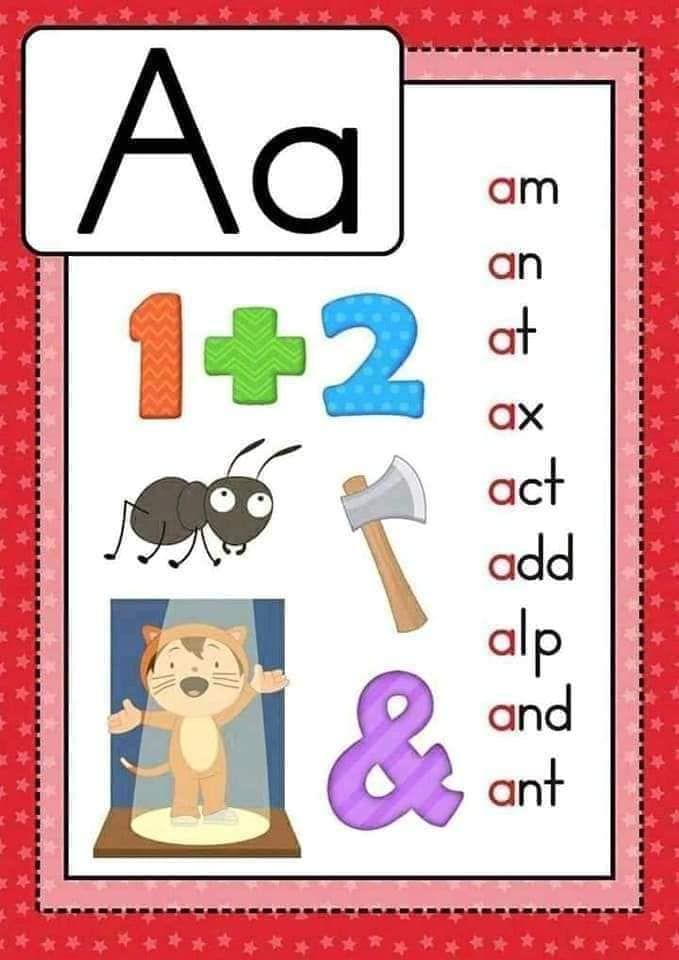 nine0130
nine0130
The computer will help to learn letters
Of course, parents have heard a lot about the harmful influence of the computer on the developing child's psyche. However, using it correctly can help a preschooler learn the alphabet. After all, there are a number of developmental programs developed taking into account the age characteristics of children. Here are just a few examples:
- Azbuka Pro. Letters are hidden under the squares. When pressed, they open for a while, announce their name, and then disappear. The child must open pairs. nine0002 The task of the child is to open pairs of identical letters
- "Smeshariki: primer". The goal of the game is to collect letters from sticks located above the playing field. You can choose different difficulty levels.
- "Bukvarik-Smesharik". Together with the characters of the animated series Smeshariki, children travel across a magical land to find the lost letters.
Together with the heroes of the animated series, the child must find the lost letters
- "Luntik: alphabet". The study of letters takes place in 4 stages. 1. The child clicks on the letters in the alphabet - Luntik calls the word that begins with a given letter. 2. Kuzya names the letters - they need to be found in the alphabet. 3. Luntik shows pictures - you need to choose the letter with which the word begins. 4. There is a sequence of letters on the screen, the first and last ones are open - you need to place the missing letters. nine0002 The study of letters in the game takes place in 4 stages, each of which is more difficult than the previous one
Video: recommendations are given by Natalya Kibereva, speech therapist and psychologist
httpv://www.youtube.com/watch?v=embed/mE1deqDL3yY
Video: learning letters by playing (9 ways)
httpv://www. youtube.com/watch?v=embed/7XAwjjME4vY
Video: how to learn letters with your child (Mom's School project)
httpv://www.